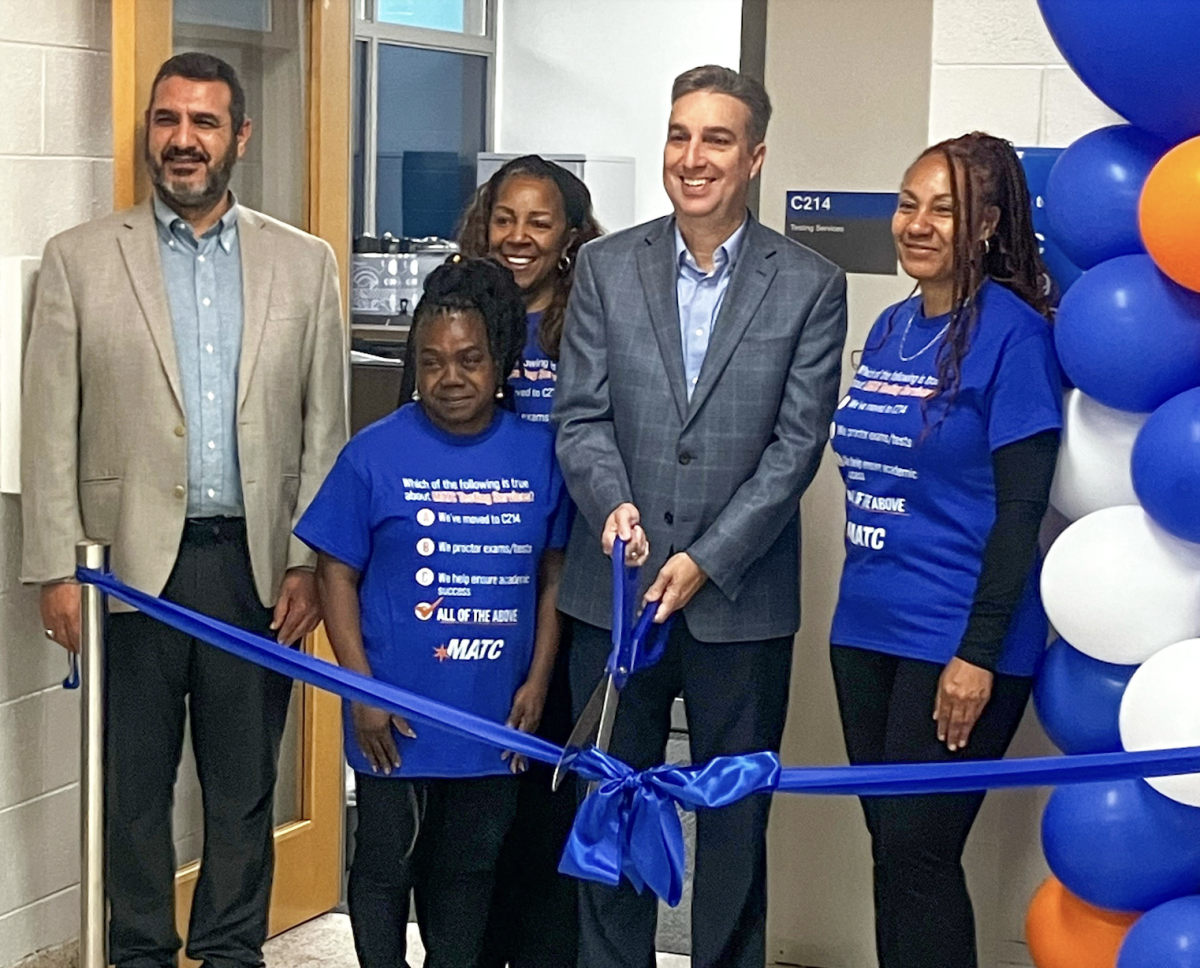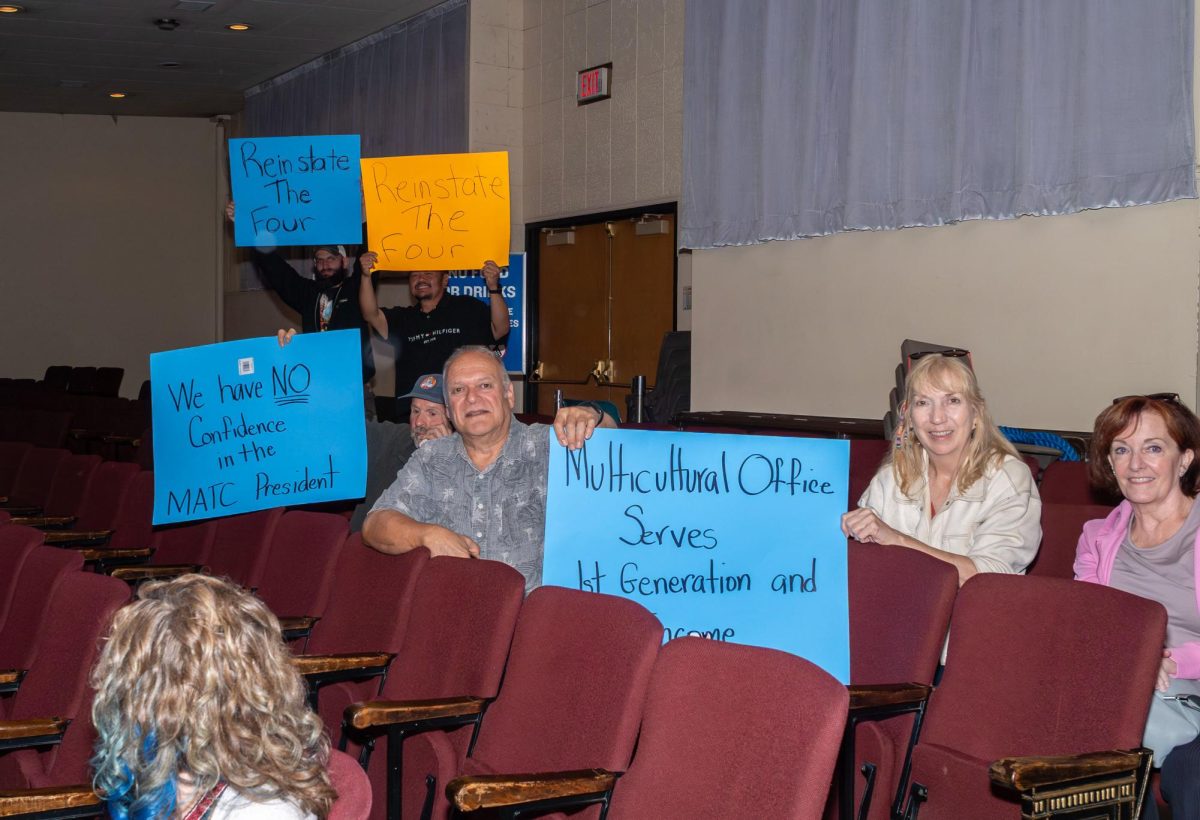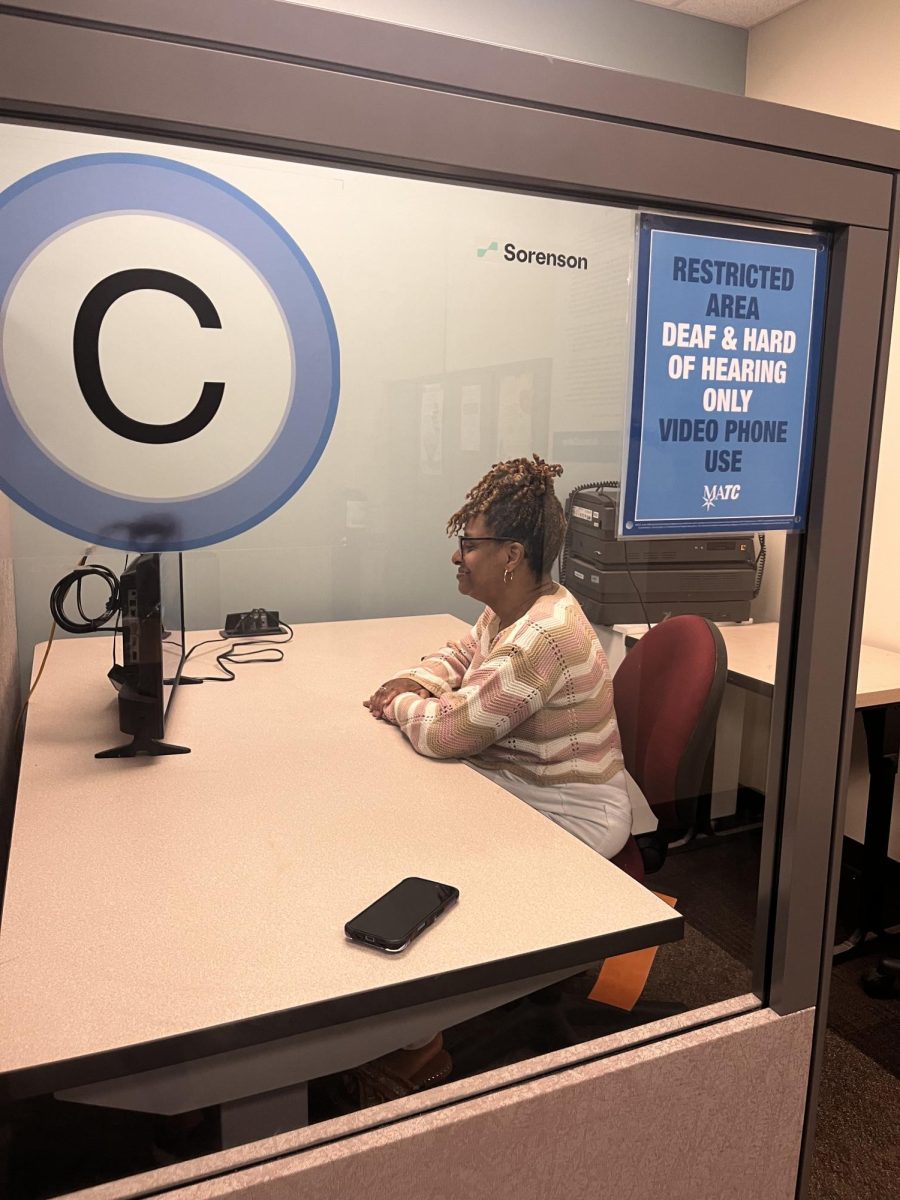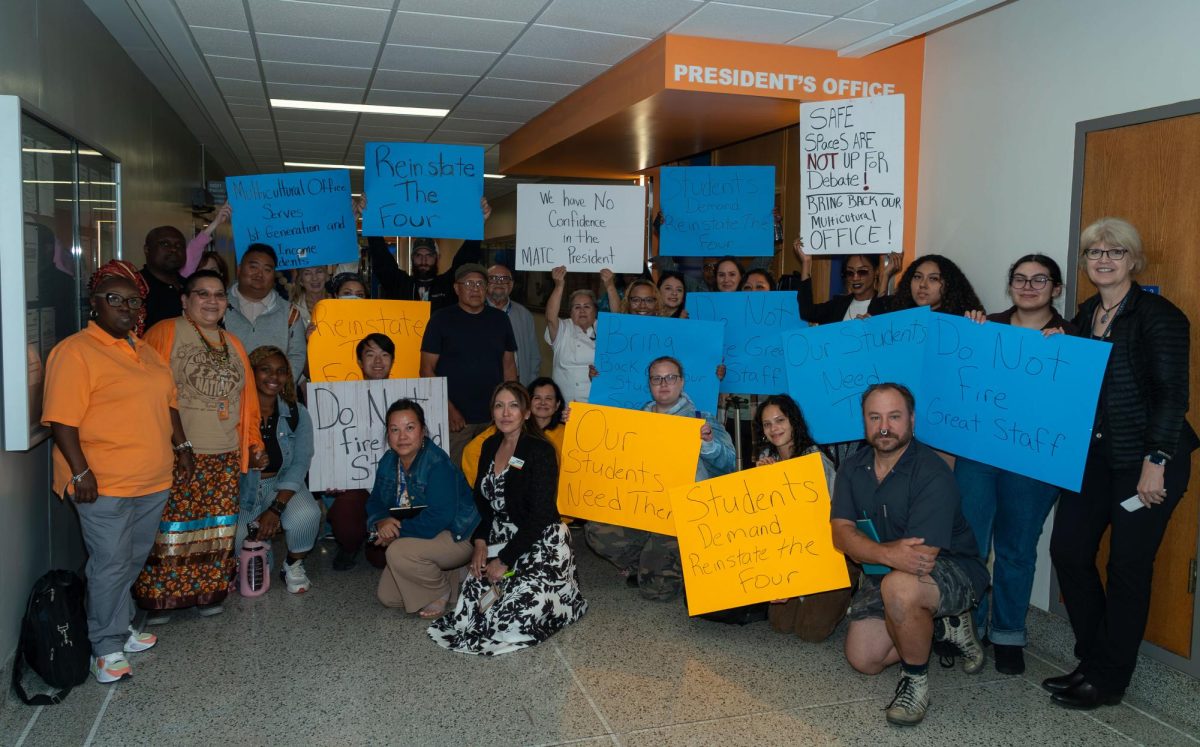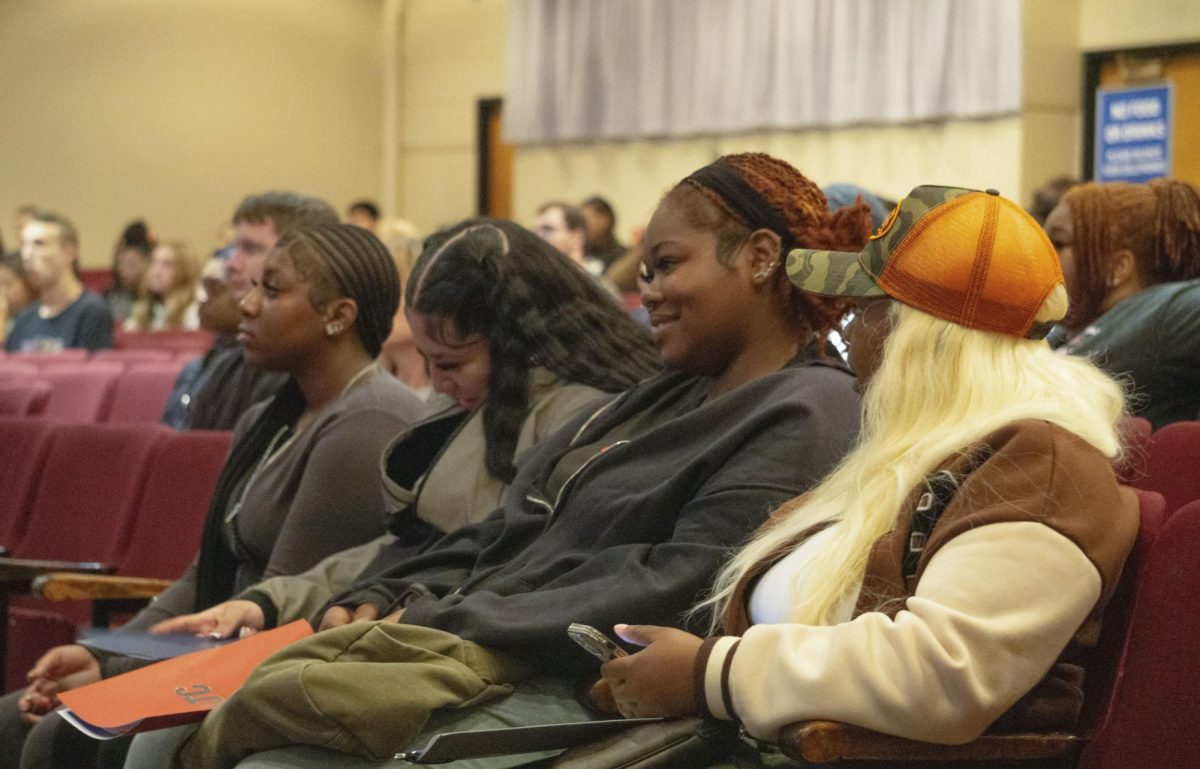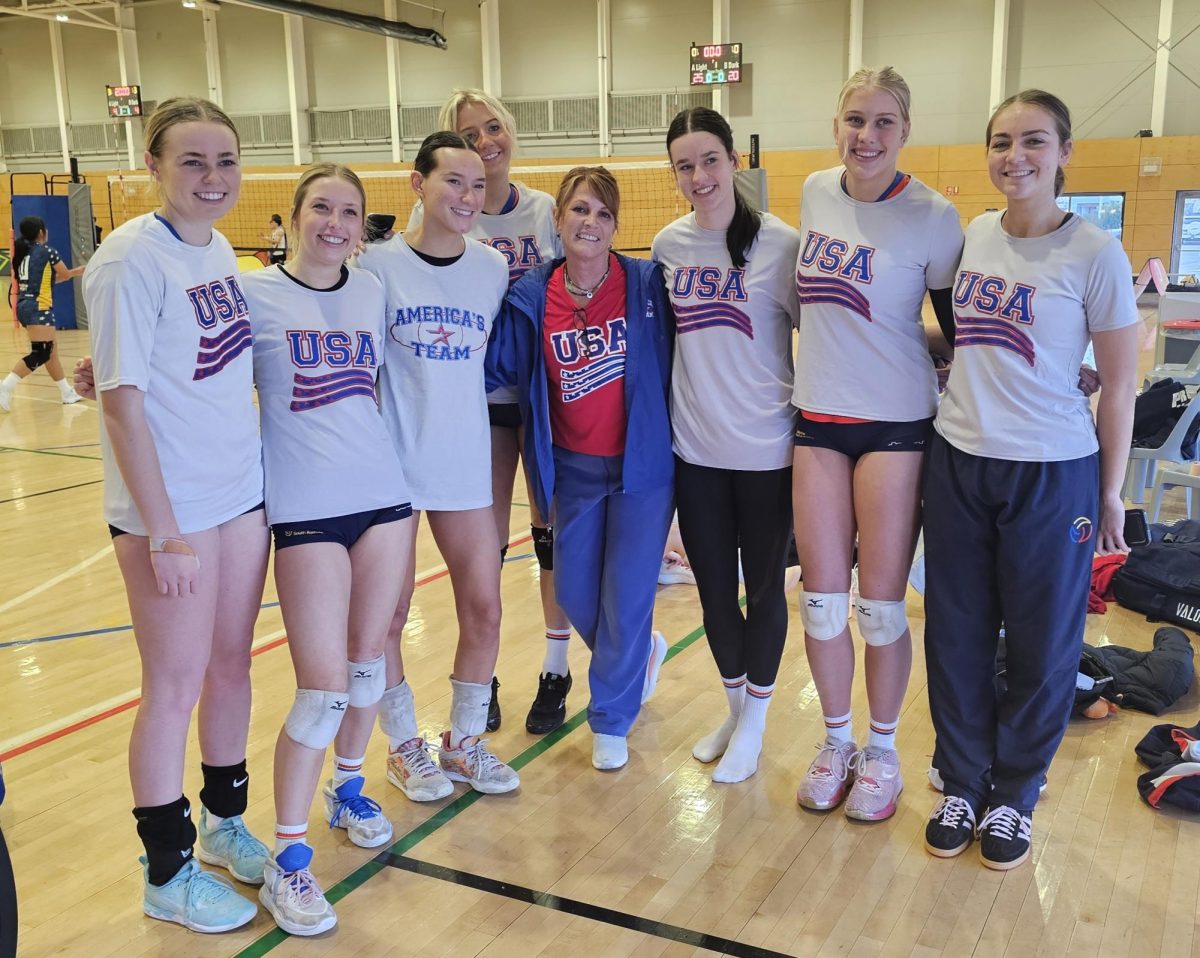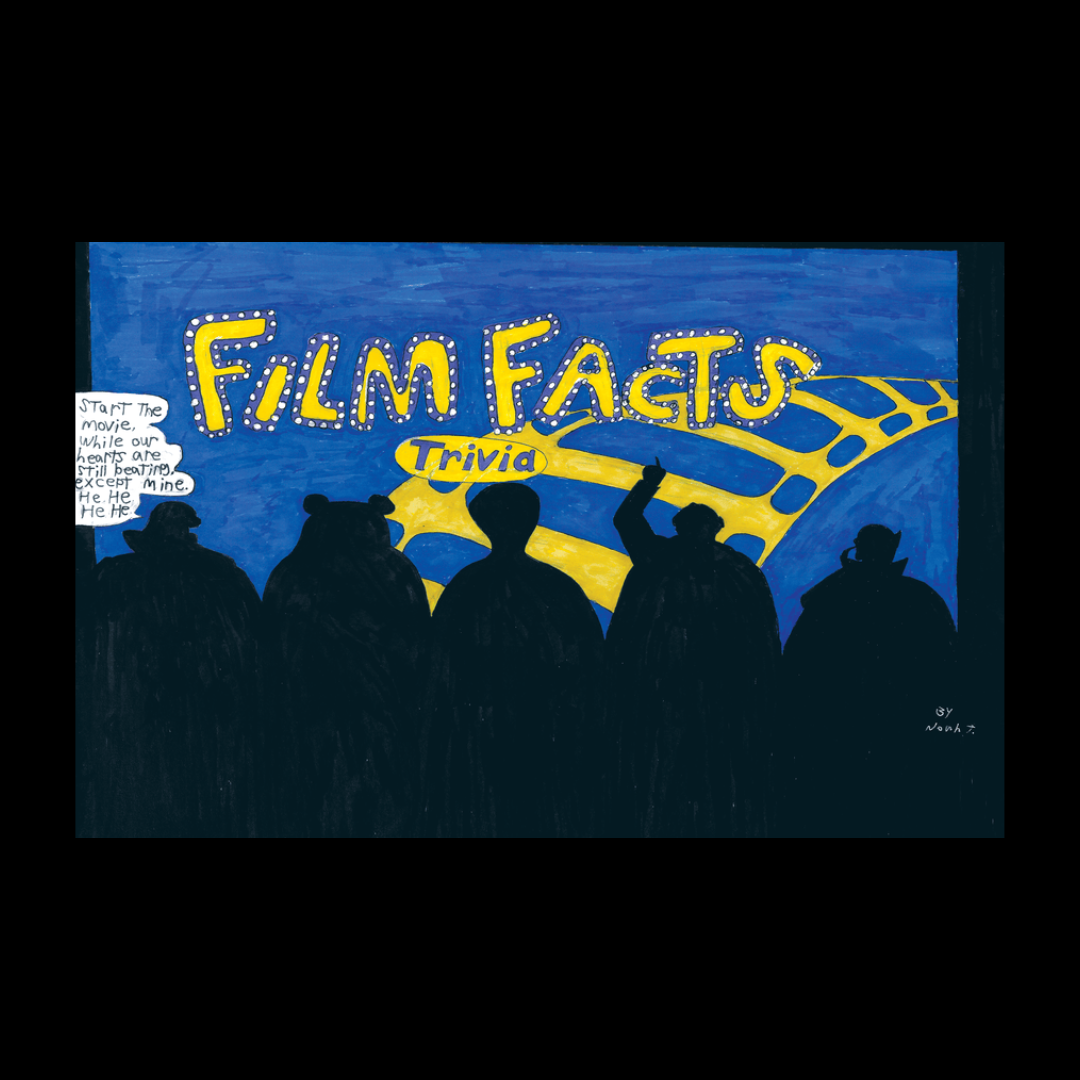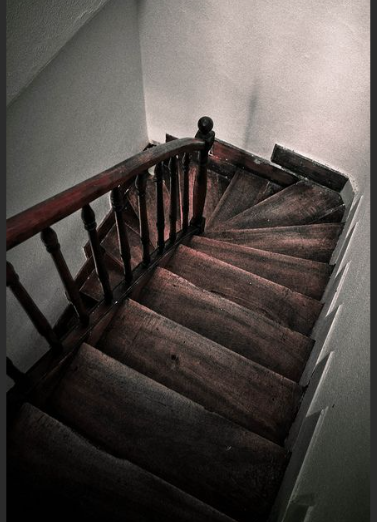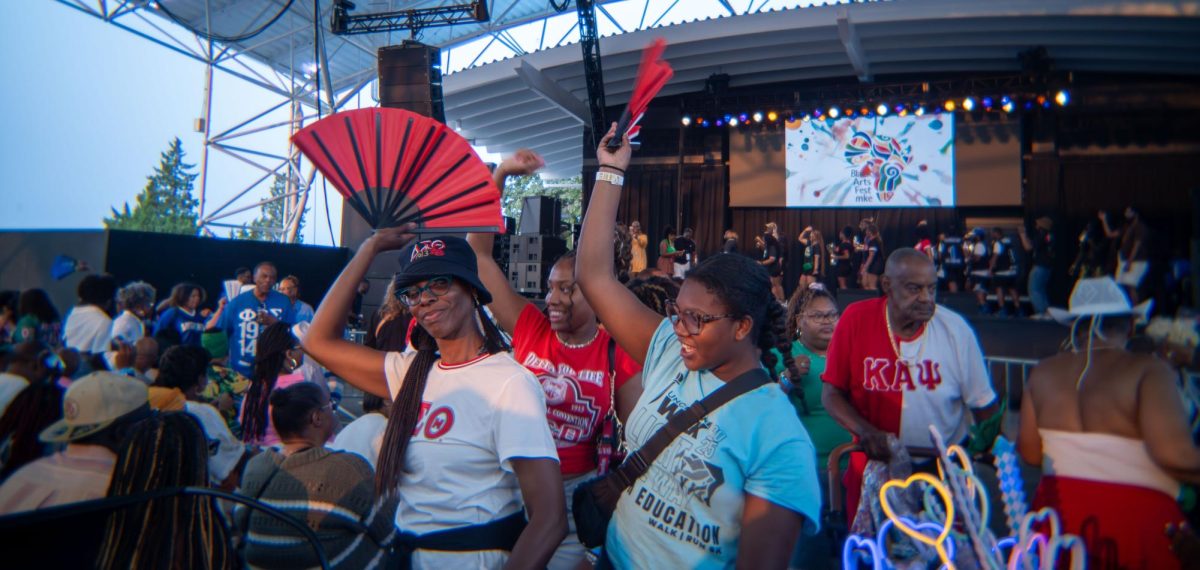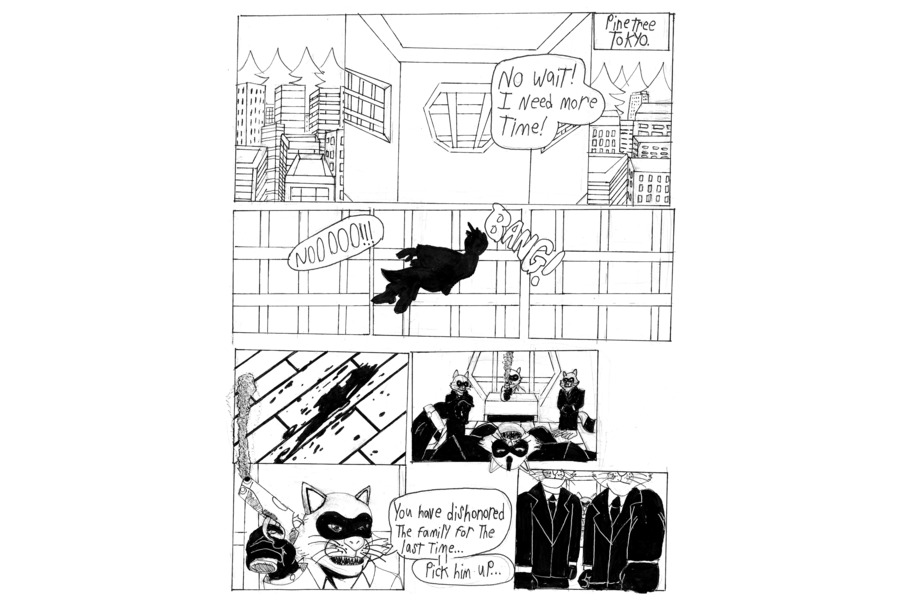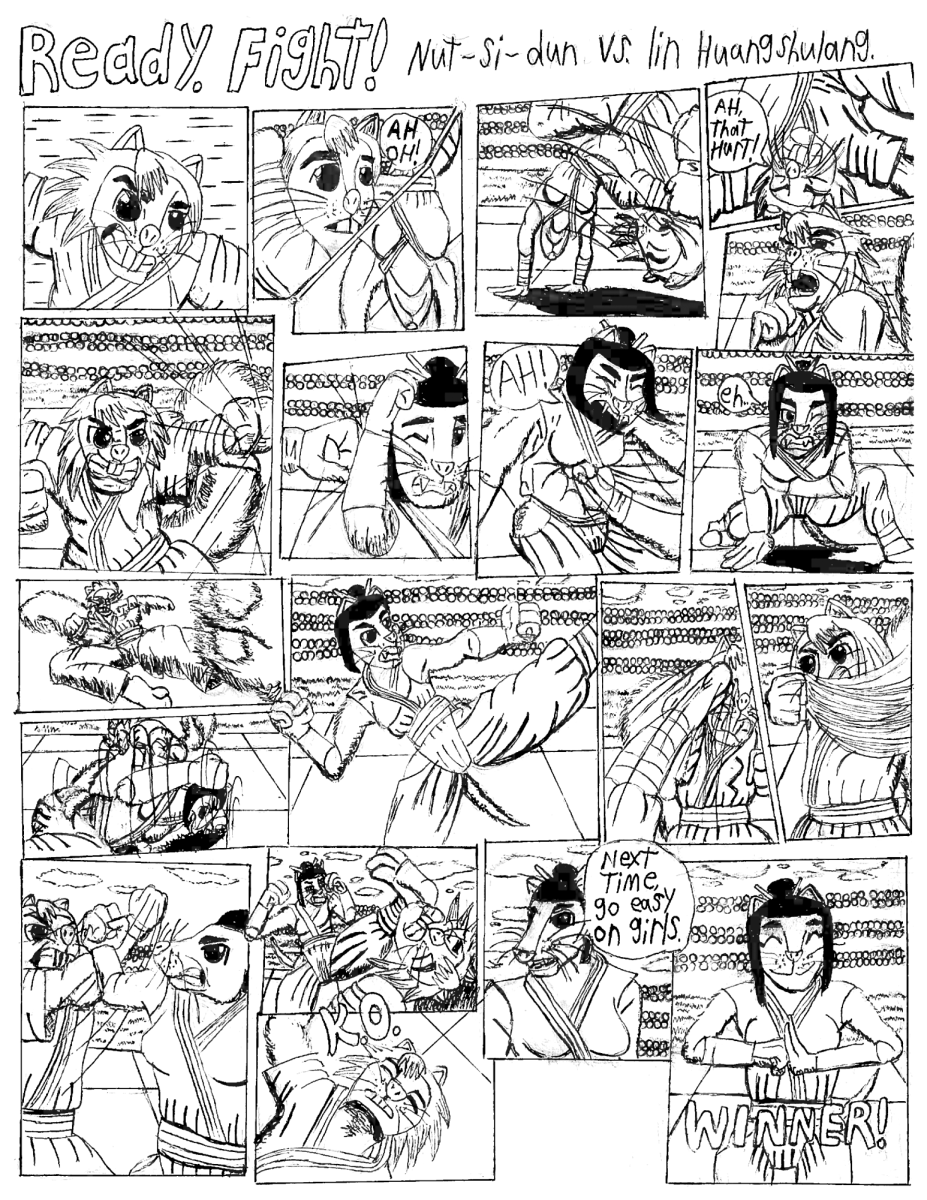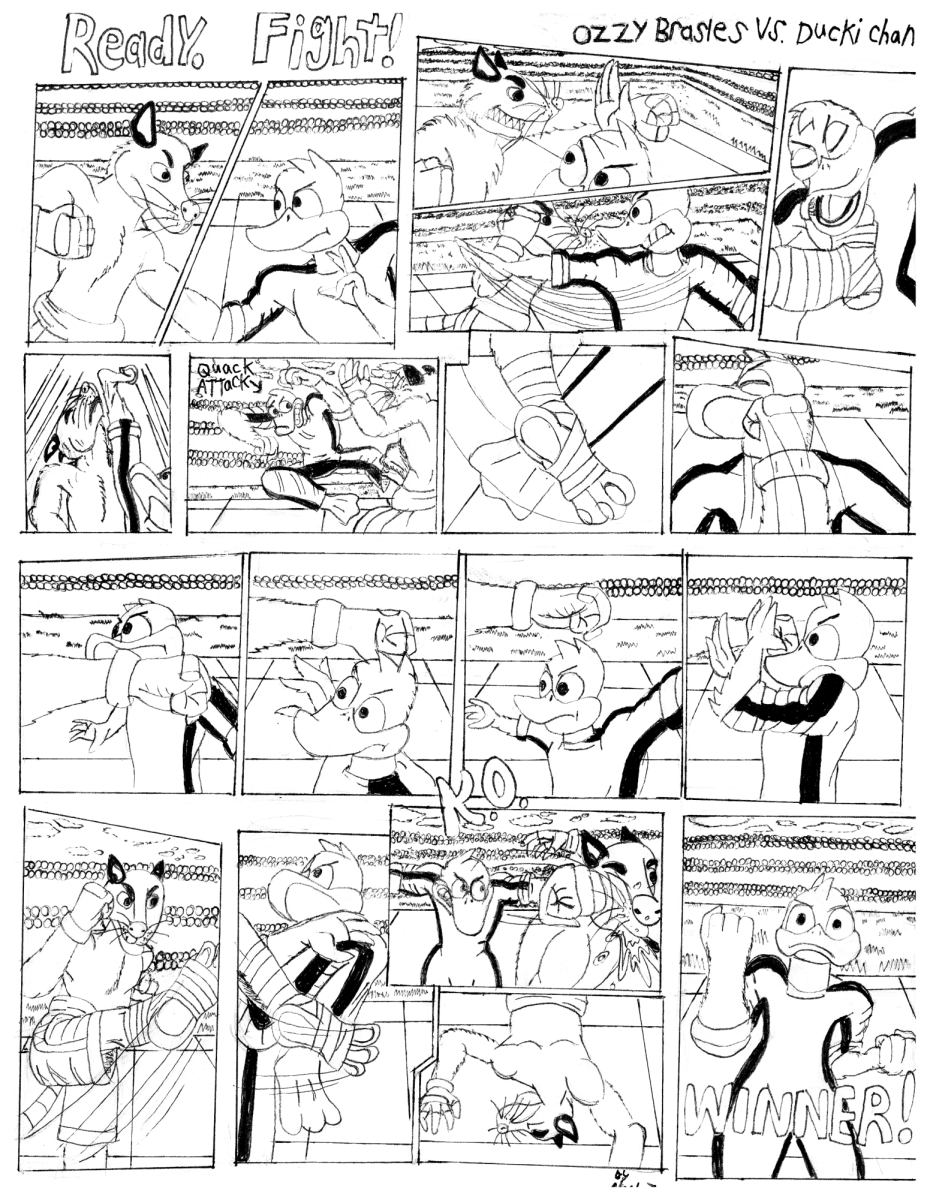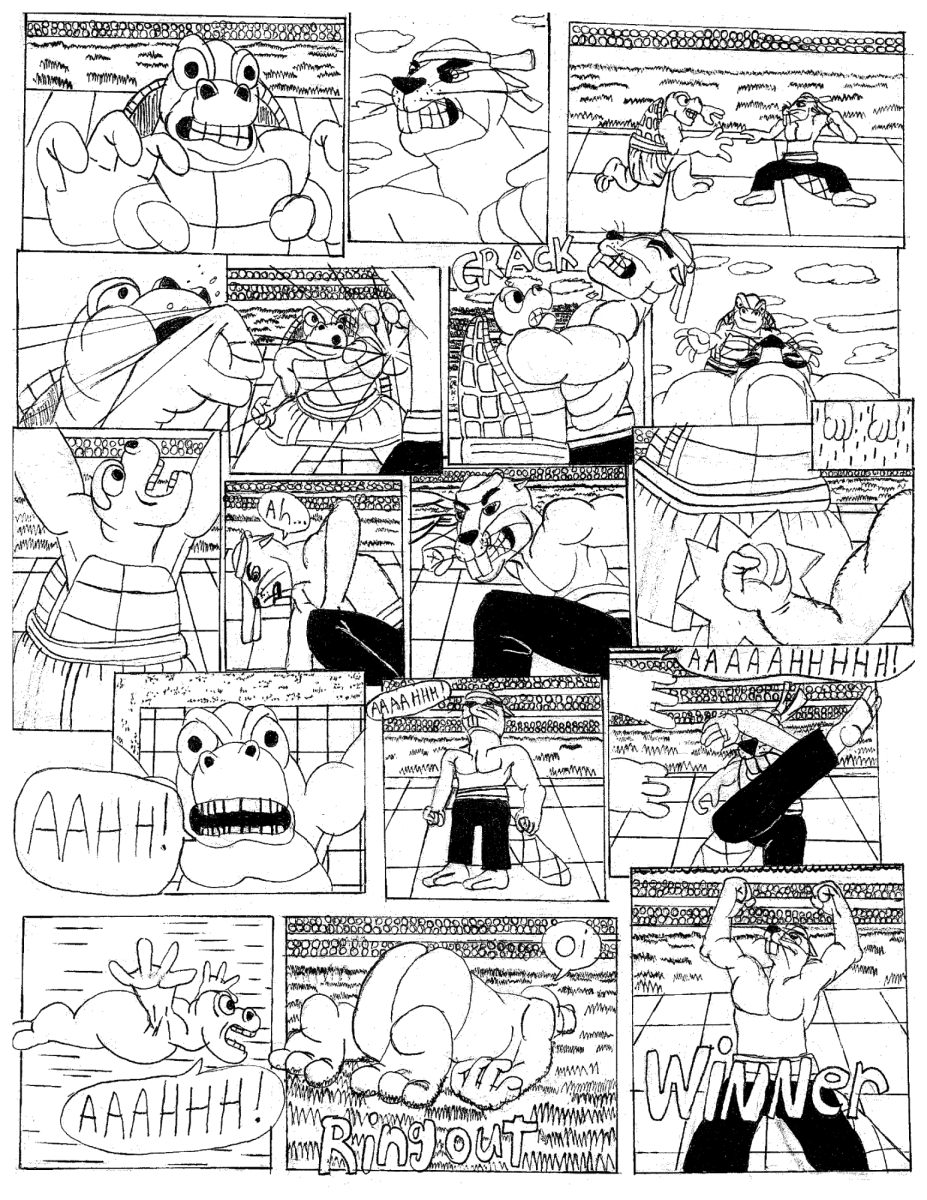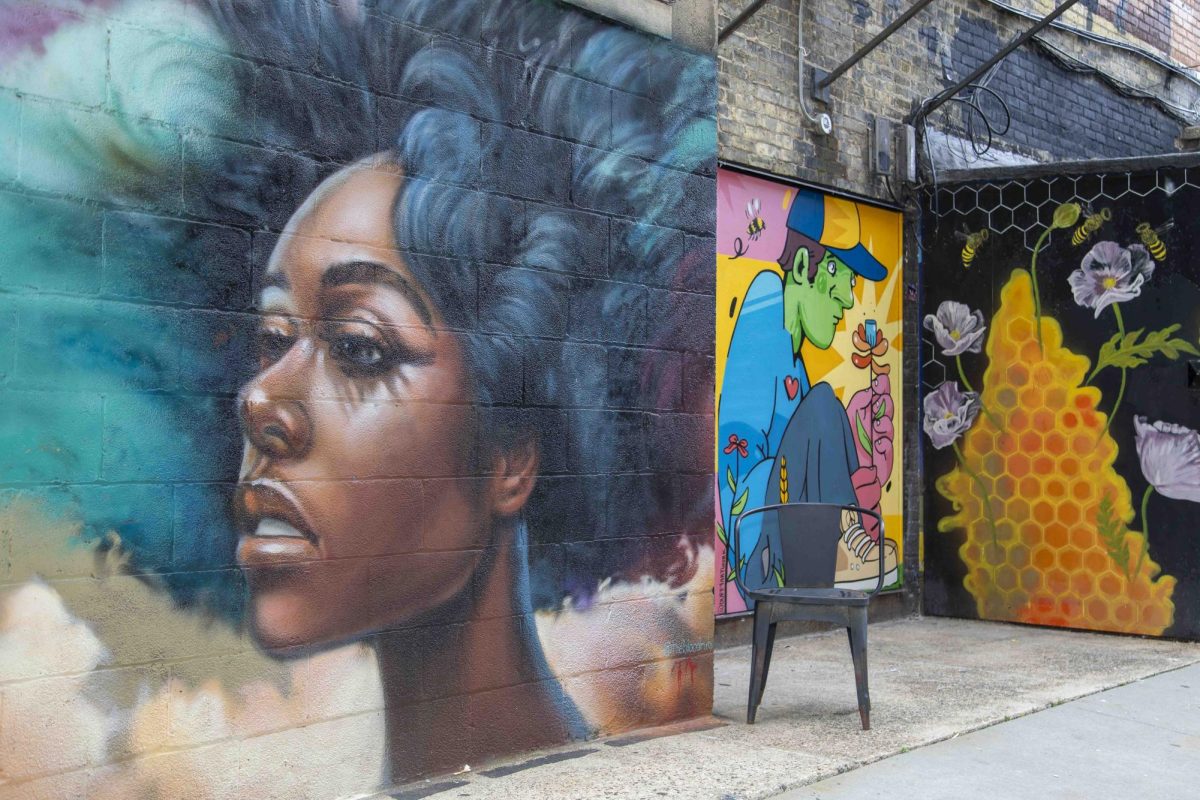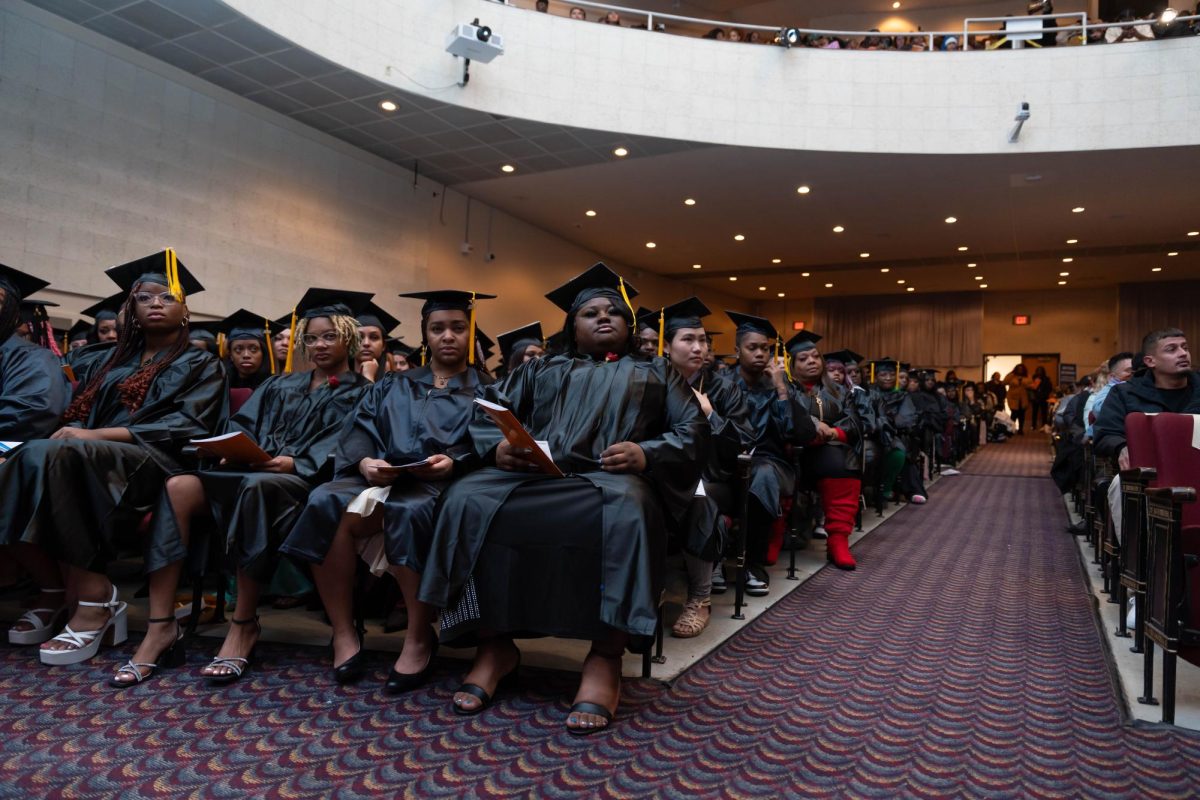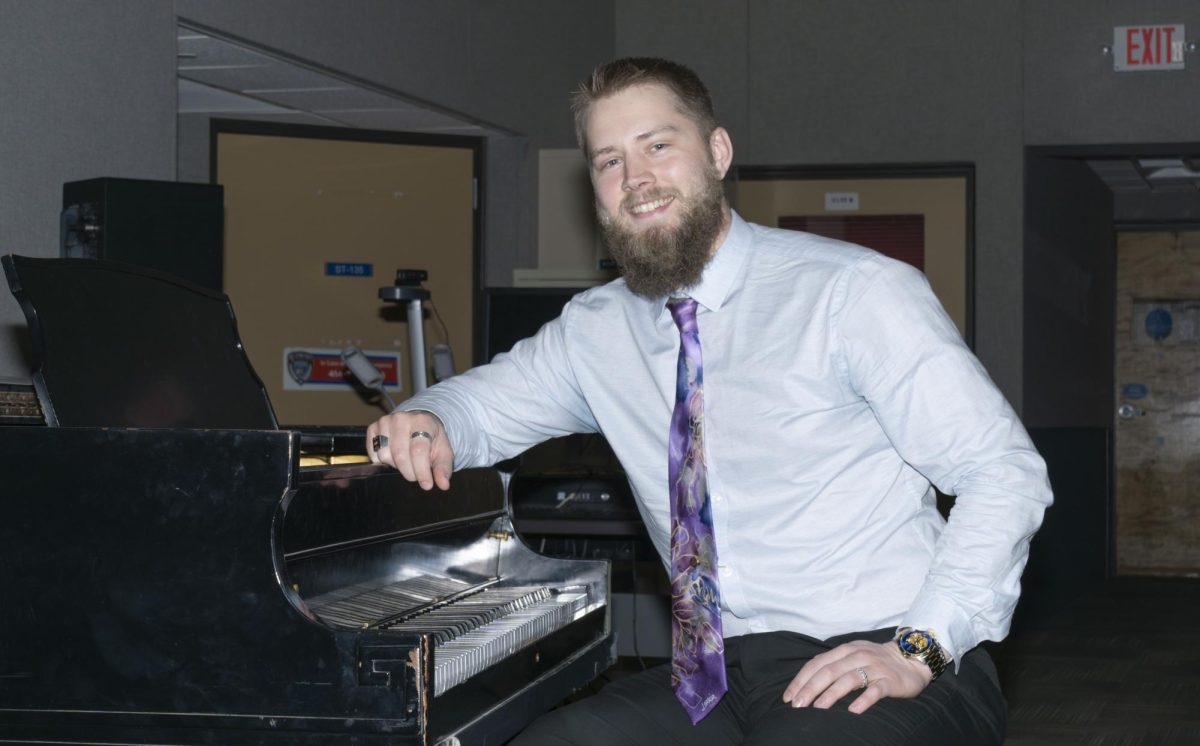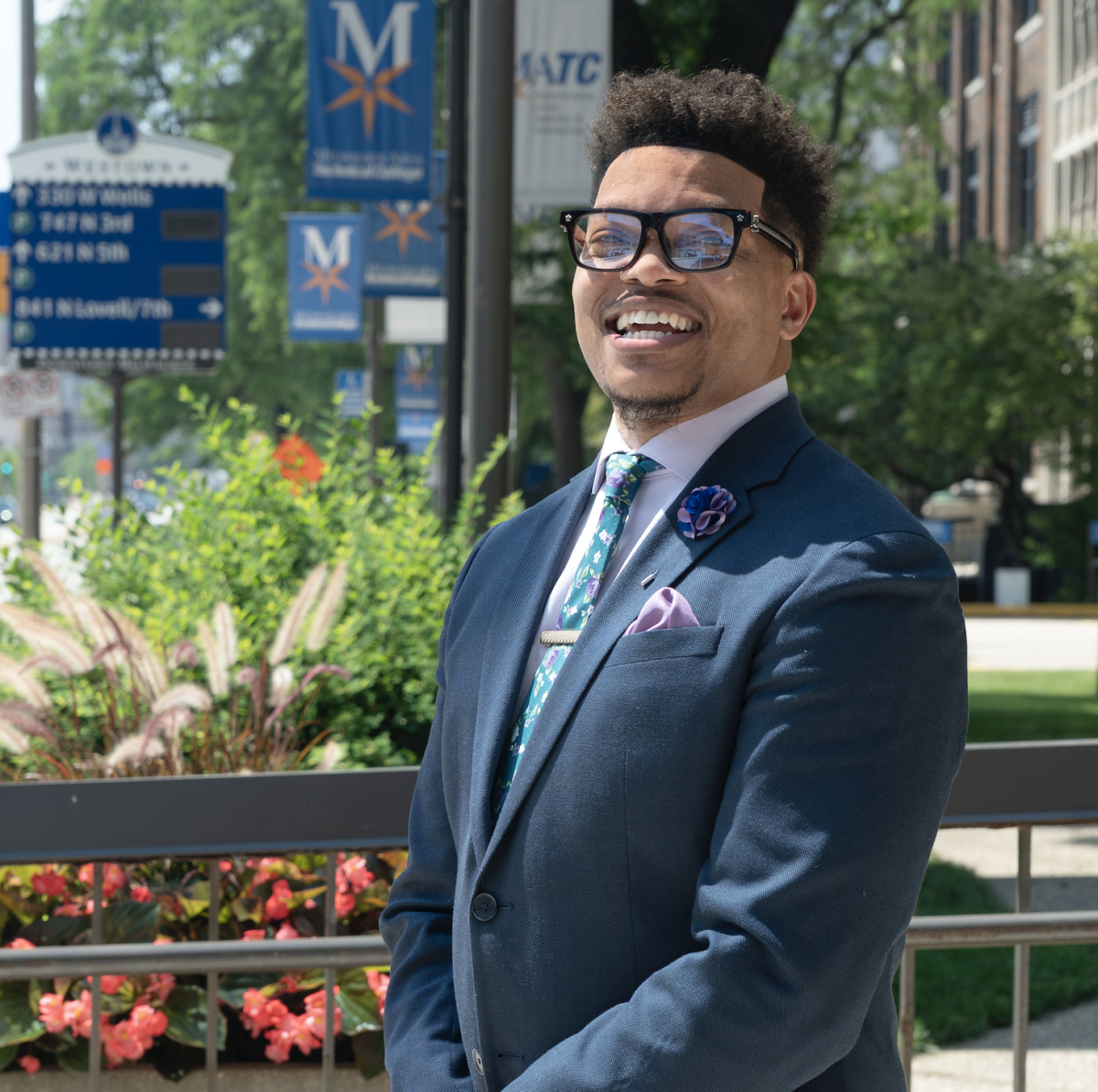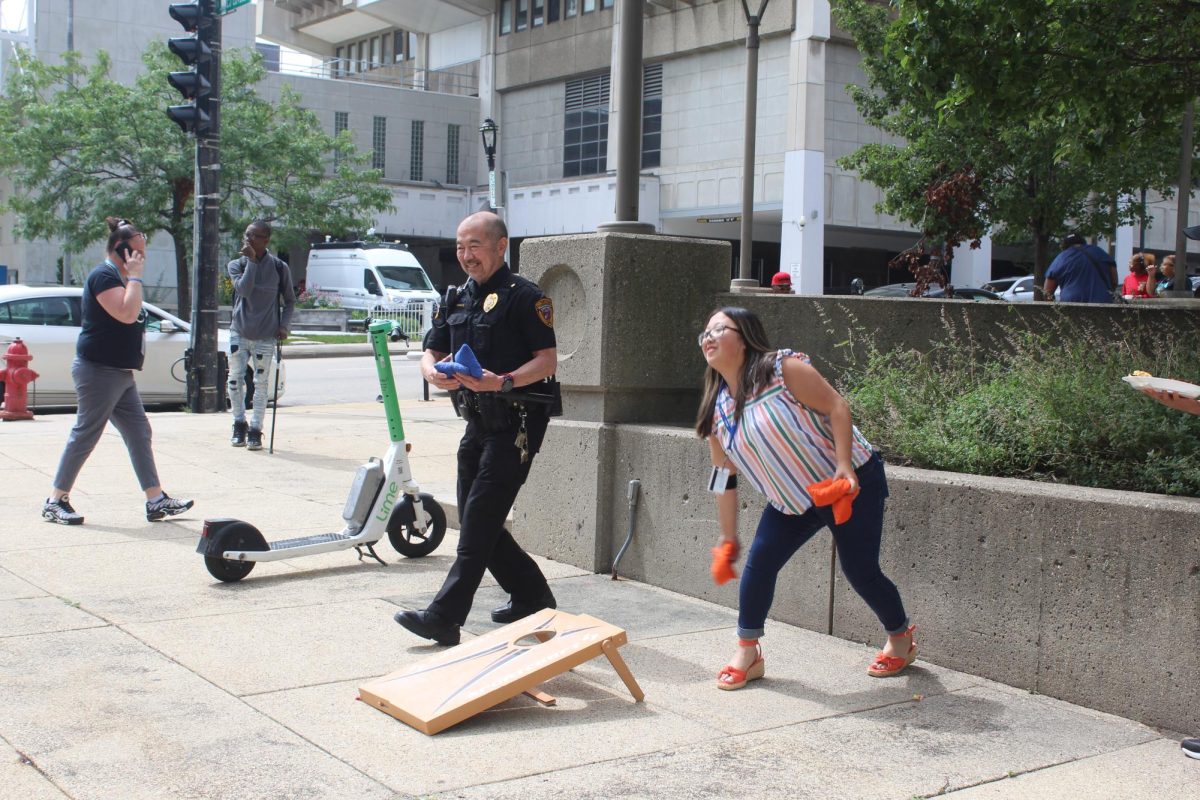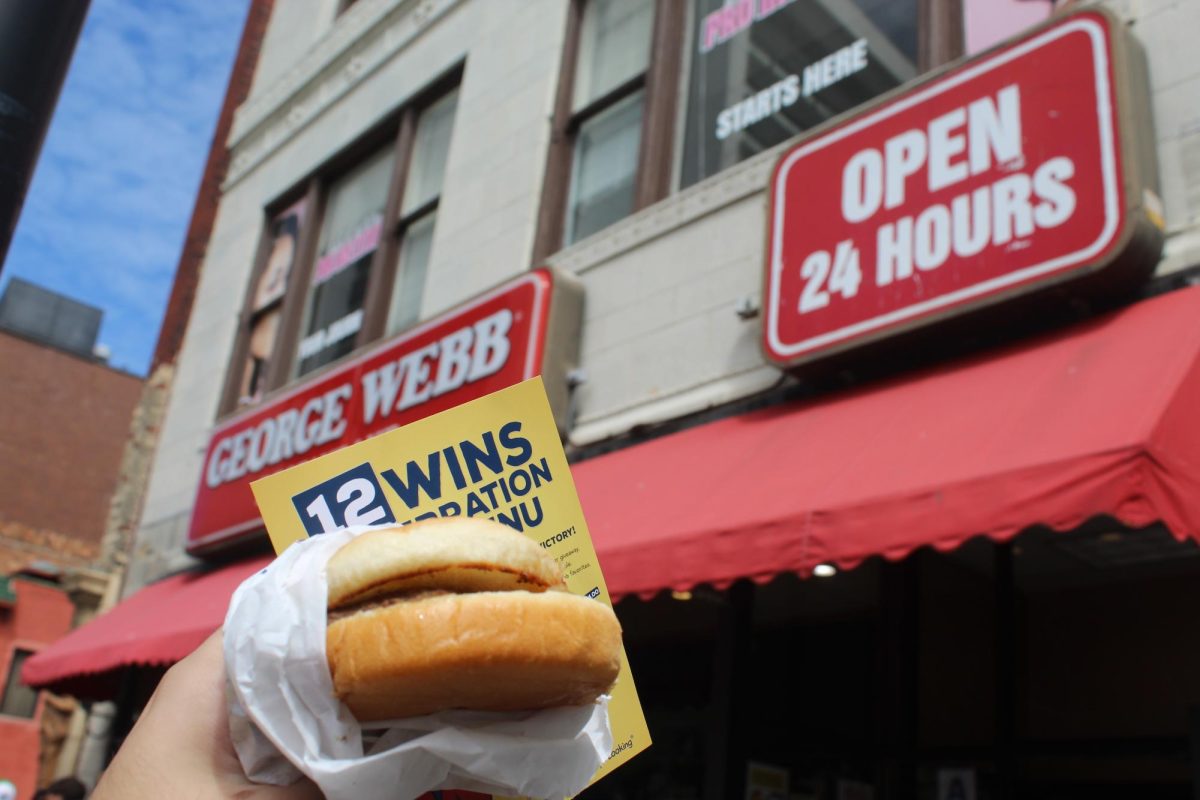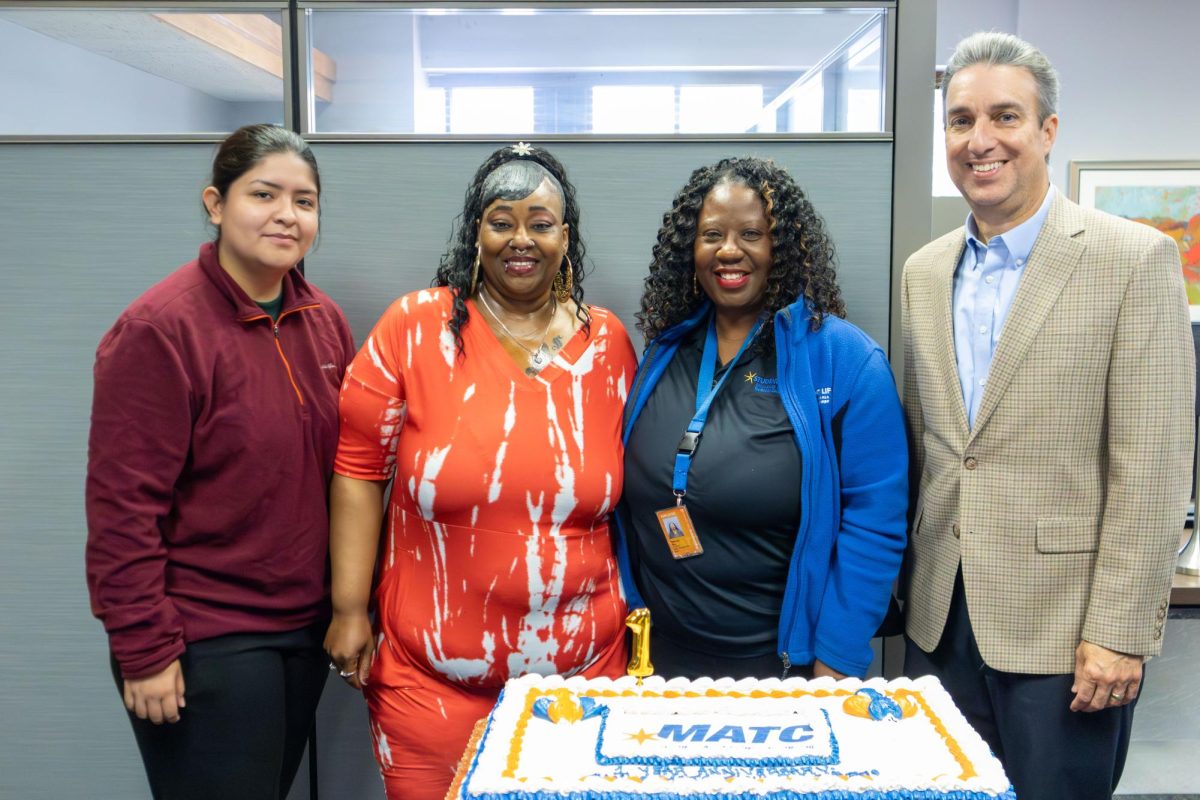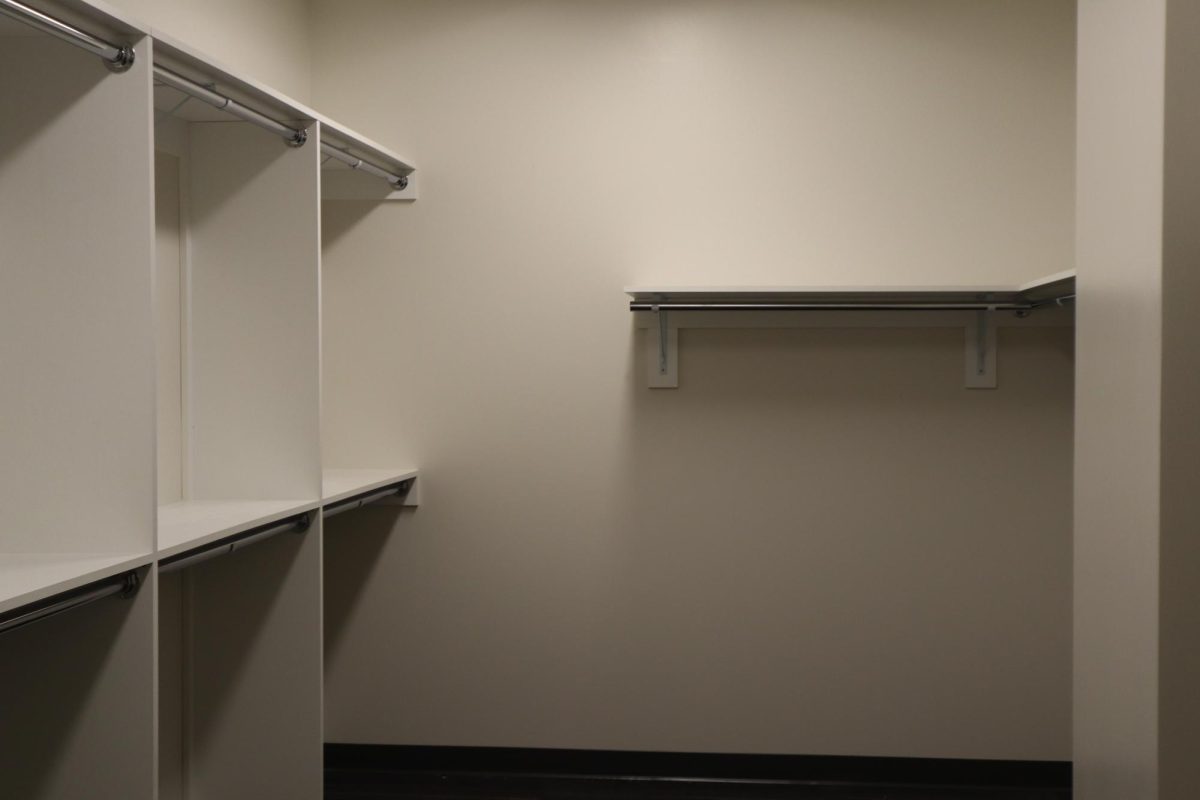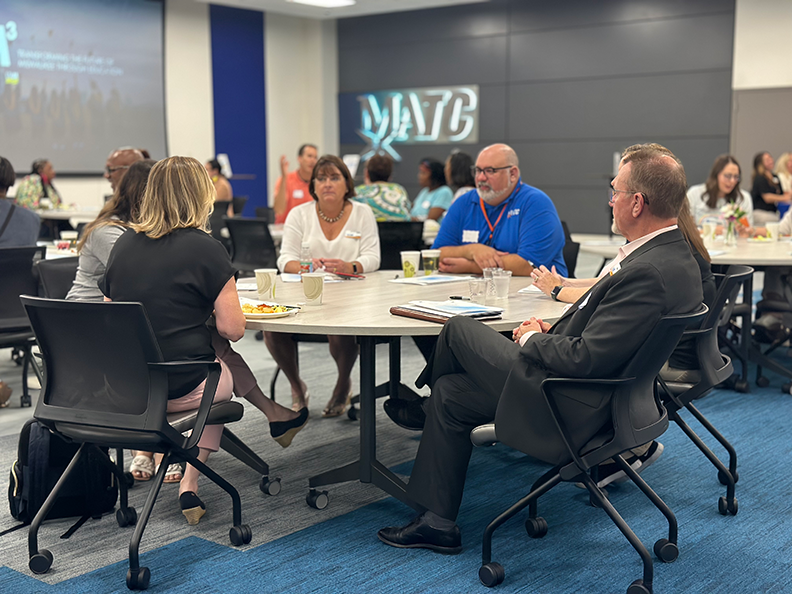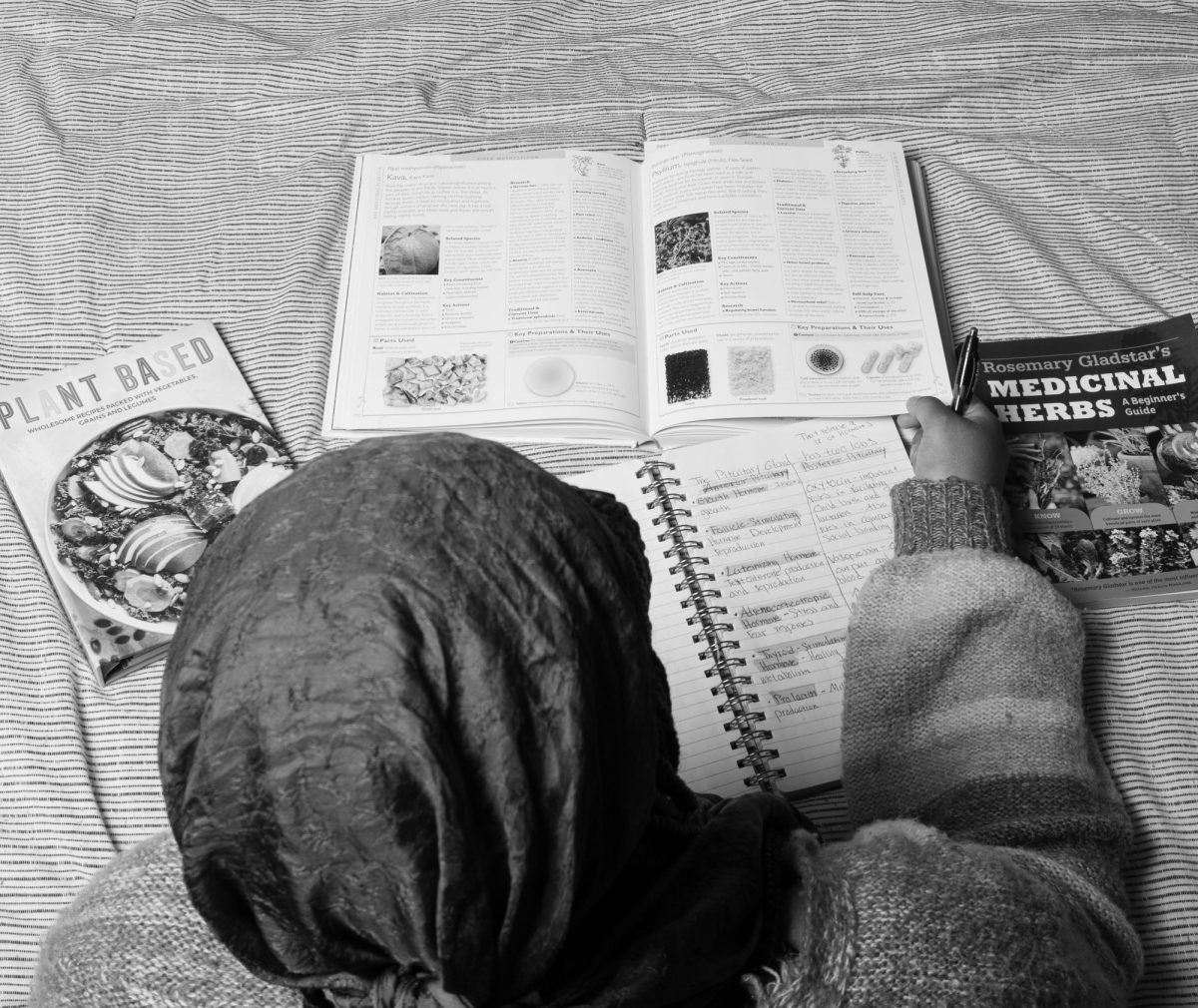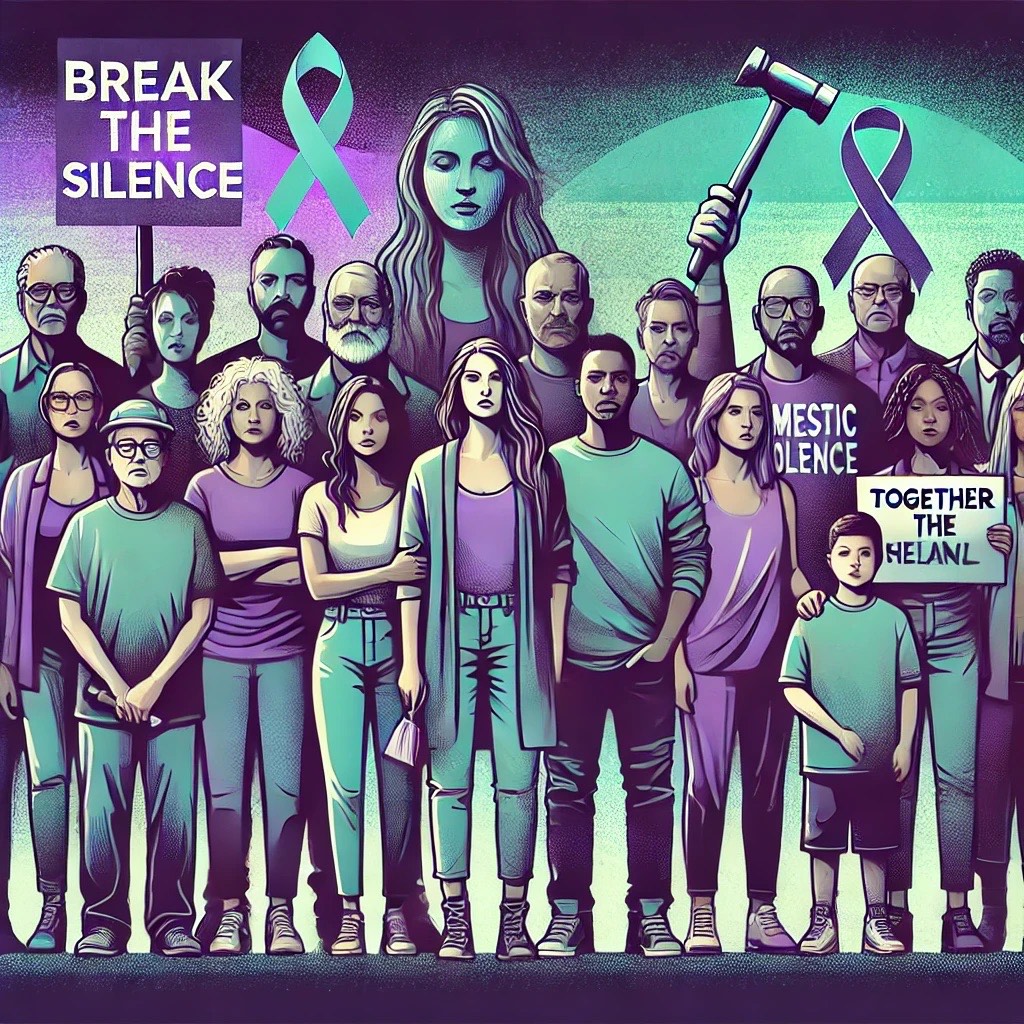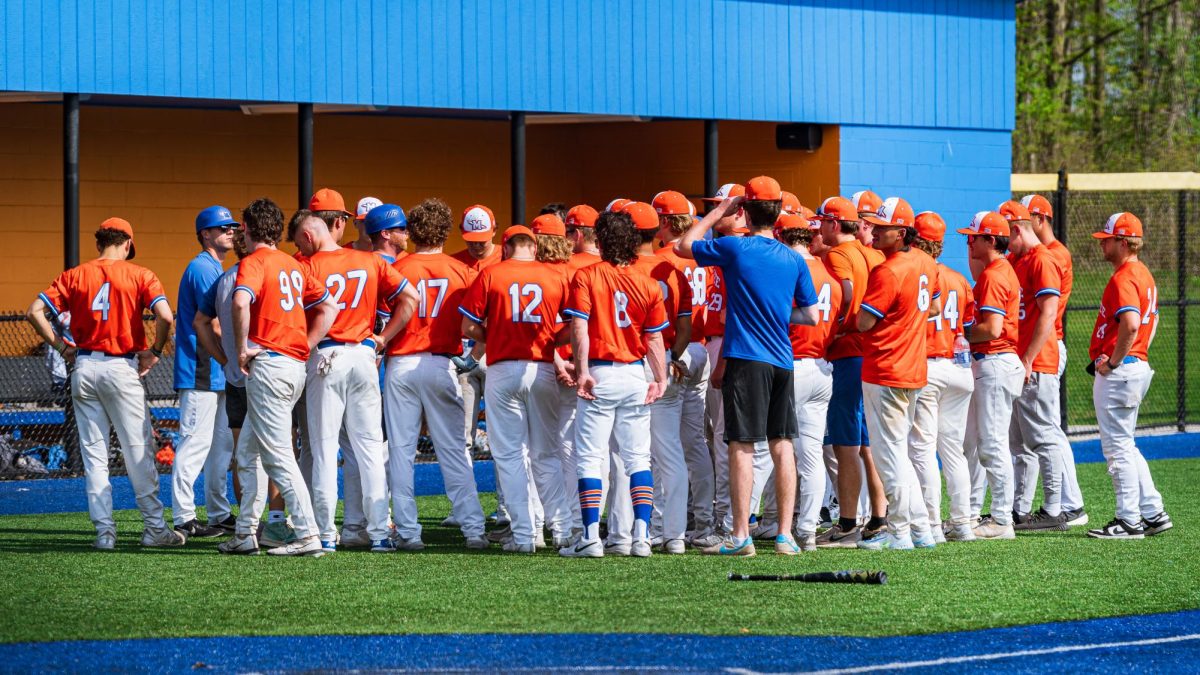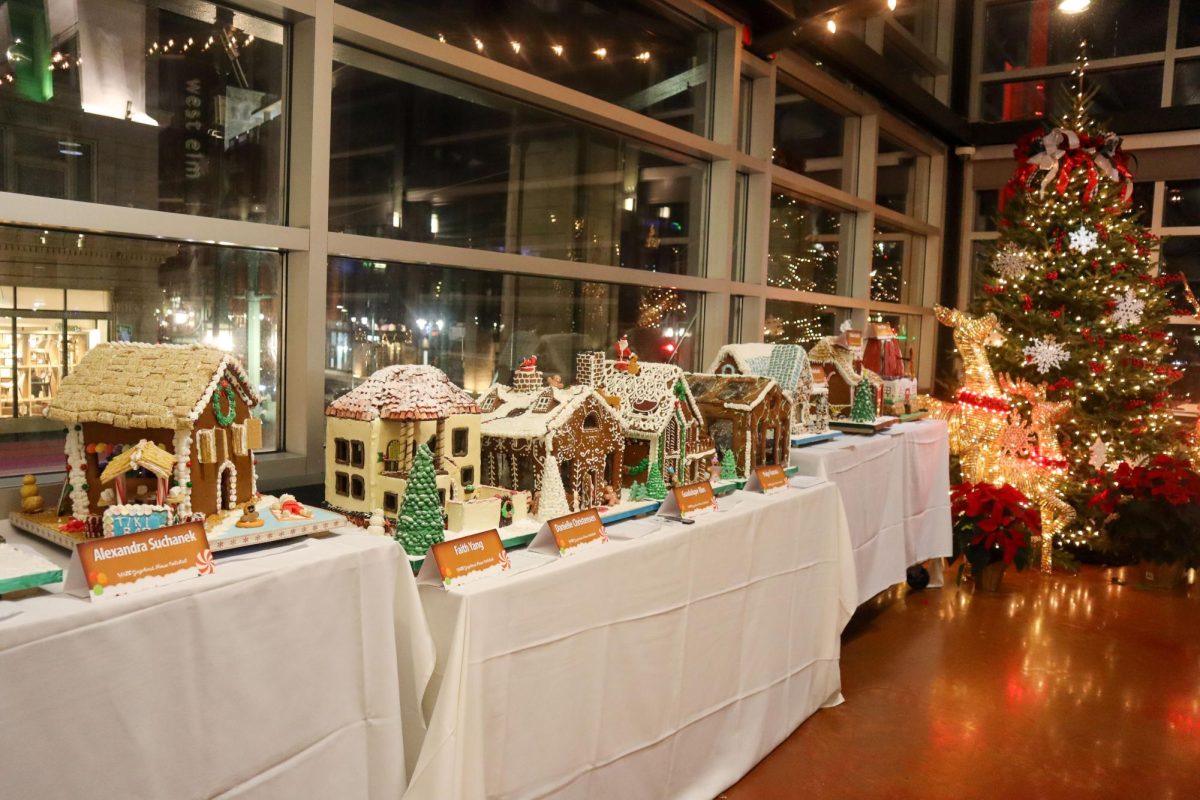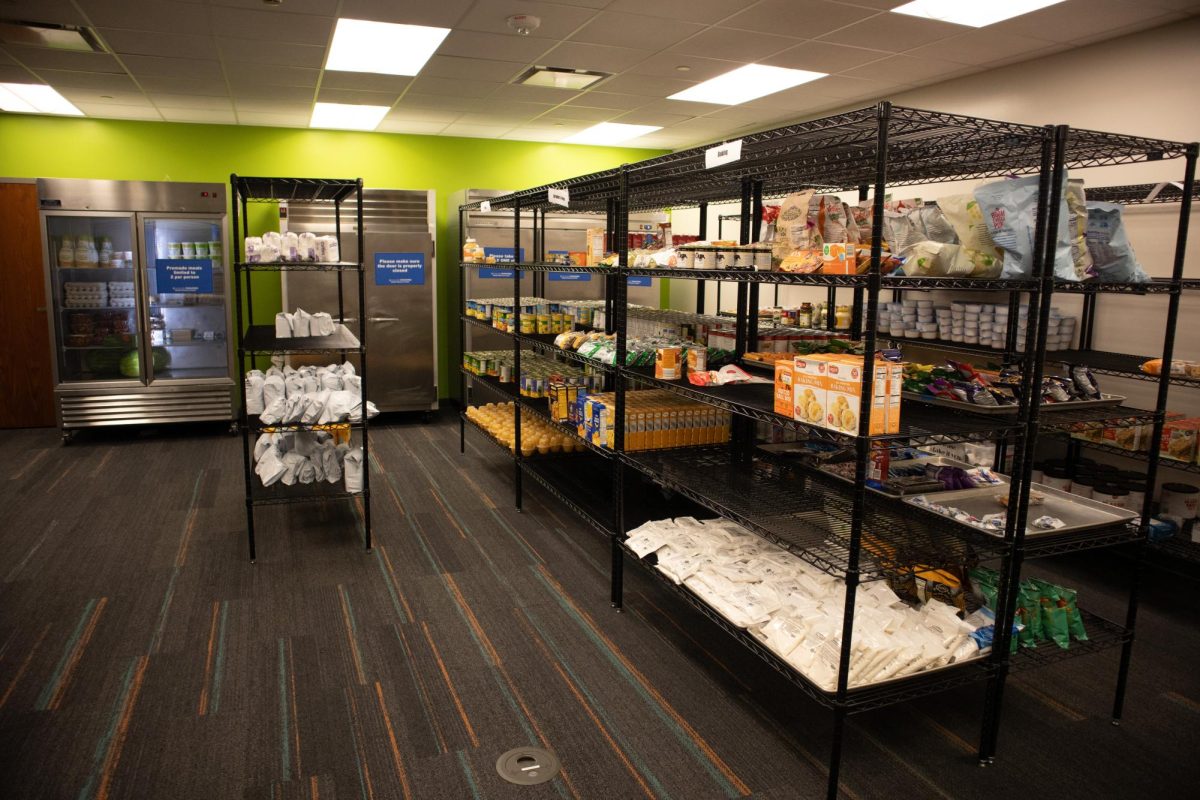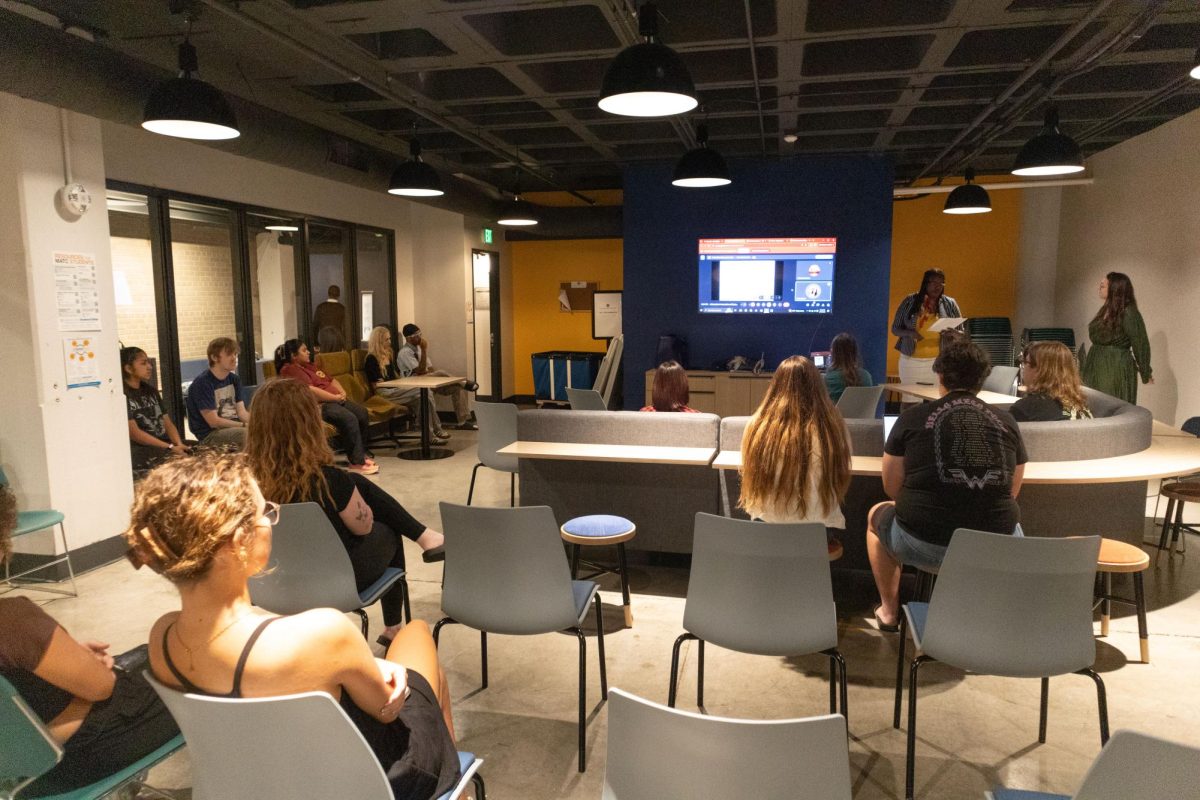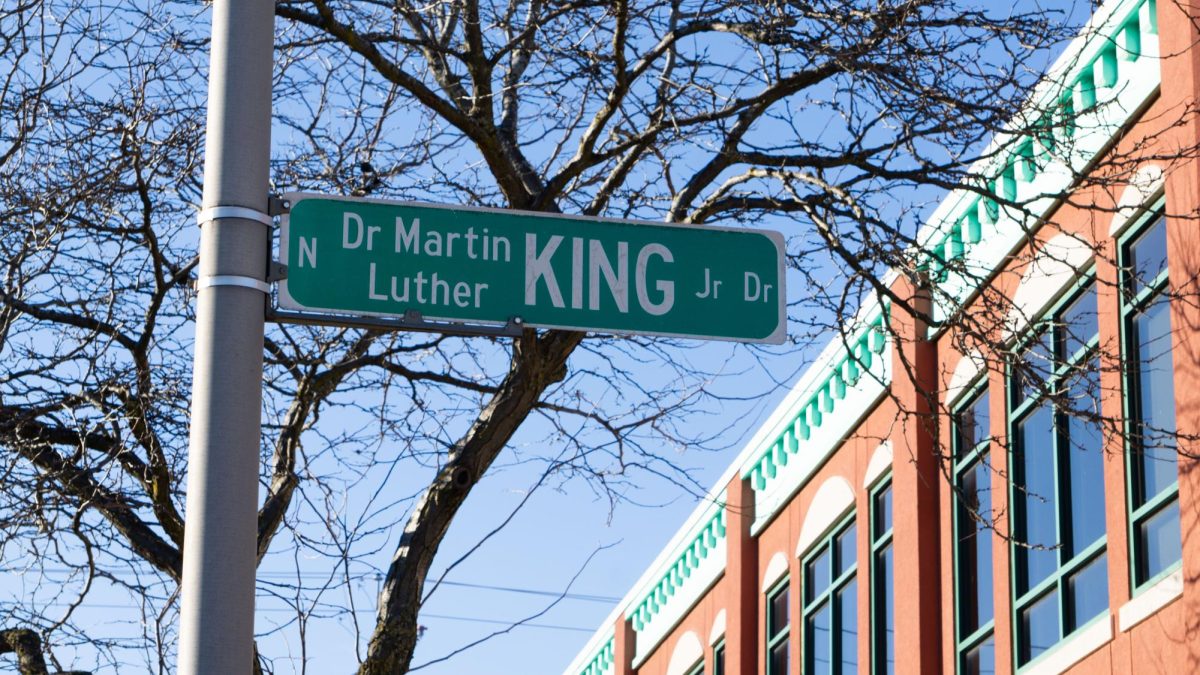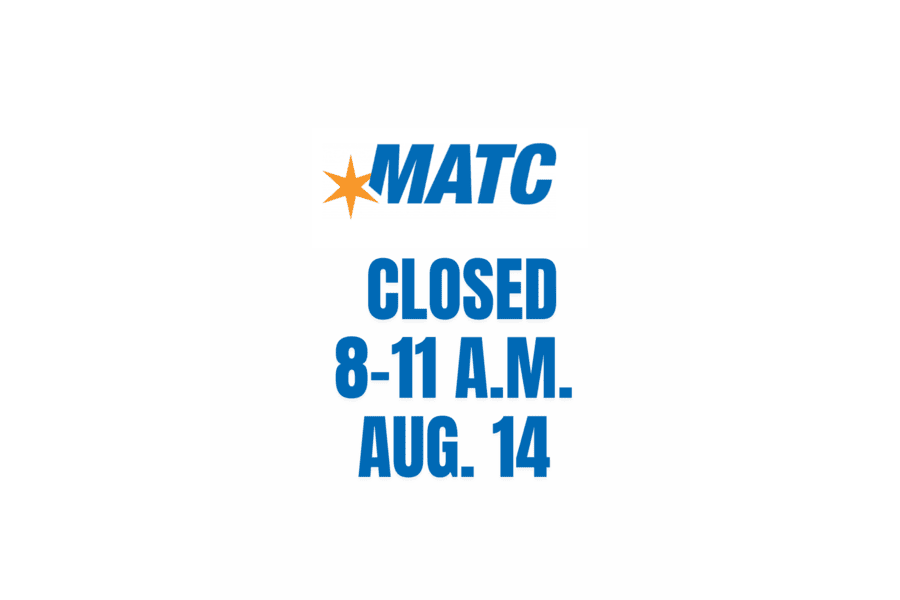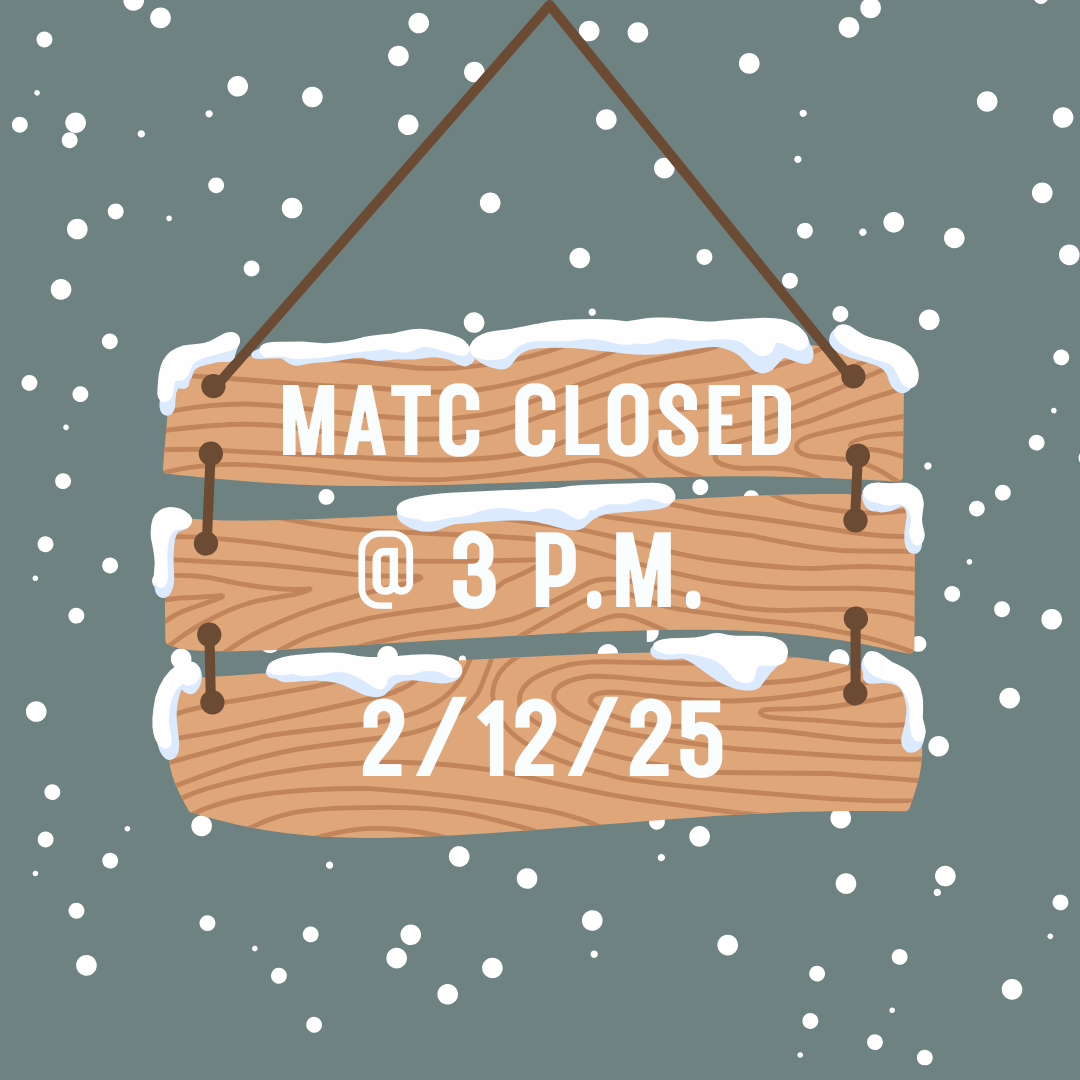On November 10, 2010, Student Government Representatives from each of the four MATC campuses gathered at Mitchell International Airport, along with several officers of Student Life, to board an airplane destined for New Orleans, Louisiana, prepared not only for the conference they would be attending there, but to face the damage of both the 2010 oil spill and Hurricane Katrina.The conference, sponsored by the American Student Association of Community Colleges (ASACC) was held November 12-14, and focused on Leadership and the LEAPS program, LEAPS being an acronym for Leadership, Education, Advocacy, Planning and Service. It was attended by student leaders of community colleges from various areas of the United States.
A certification in the LEAPS program was offered with completion of four required courses and one elective course being necessary to obtain it. Three courses were taught by faculty and a student from MATC: Conflict Resolution by Archie Graham, MATC Student Life Director, Meeting Management by Cathy Lechmaier, MATC Student Life Coordinator, and Team Building for Student Leadership Teams by Jerry O’Sullivan, MATC Student Life Coordinator and Travis Lilach, President of West Campus Student Government. Some additional courses offered included Parliamentary Procedure, Ethics and Values, and Understanding and Influencing the Legislative Process, all geared toward members of Student Government. Also part of the conference was a series of speakers including Dr. Bob Rasmussen, founder of The Color Code, Earl Paul, Dean of Students, Hillsborough Community College in Florida and Mike Marino, Jr., survivor of Hurricane Katrina, each giving individual presentations pertaining to their own subjects of expertise.
Lilach feels that the knowledge gained at the conference prepared “us [Student Government Representatives] to go to Washington [D.C.] in March to talk to legislature” in reference to Student Government’s trip to the nation’s capital in 2011. He noted that the courses given taught necessary yet simple lessons, such as the Conflict Resolution session, which in Lilach’s opinion taught student leaders “basic plans of action to take back to campus.” He went on to say that used as a reference point, The Color Code test indicated a shift in himself and showed a maturity change from the time he took it a year prior to reassessment in New Orleans.
Lilach saw this conference as an opportunity for “training us [Student Government Representatives] for general advocacy” and learning from other school leaders present as all have different working orders and involvements.
Prior to the conference, on November 11, MATC Student Government members visited the Louisiana State University (LSU) Research Plant to learn about its mission to grow in its greenhouses certain types of vegetation, that were affected tremendously by the 2010 oil spill in the Gulf of Mexicos for future planting in the hopes of restoration of the ecological balance in the area. From there they boarded a bus that took them to Grand Isle State Park, approximately two hours from their hotel, in Jefferson Parish, and then journeyed on foot to Elmer’s Island where plants grown by students at Delgado Community College in New Orleans were waiting to be planted by MATC Students. The beach and outlying area in which students planted the various types of flora was being monitored at all times and those present were subject to strict rules concerning where they were allowed to be. Helicopters continuously flew overhead at low height and students risked decontamination procedures, detention, and possible clothing/shoe confiscation by the Federal Government if rules were violated or boundaries such as the fence blocking them from the Gulf were crossed.
On Friday, November 12, MATC students again boarded a bus to travel to the City Park Greenhouse to survey the facilties work toward post-oil spill progress and propagated greenery for other groups coming to the area in March for future service projects that will be similar to the one they did the day before.
Scott Dennis, Vice President of West Campus Student Government, learned from planting vegetation on Elmer’s Island and taking a hands-on approach that “if you want it done, do it yourself” when it comes to making change, and that “involvement is key.” From working alongside students from other schools, he “got a bunch of great ideas for students here [at MATC].”
Following the Service Learning Project at the City Park Greenhouse Facilities, Student Government members immediately went to a pre-chosen spot to plant a cypress tree as an ASACC memorial, something that, in the eyes of O’Sullivan, students can go back to and visit, recalling their time in Louisiana.
Lastly, on November 12, students took a guided bus tour of the city of New Orleans and the Lower 9th Ward, an area infamously damaged by Hurricane Katrina in 2005, and the most devastated area in the city.
They were confronted with the notion of people still living in their FEMA trailers, saw homes built by Brad Pitt’s Make It Right Foundation, and gazed on at the abandoned homes still sitting empty throughout the area, some with large spray-painted X by the front doors, indicating that at least one man, woman, senior, child or infant were found dead in that house after the flooding. When asked what the impact of touring the Lower 9th Ward was for him, John Grimm, MATC Student and Vice President of Advocacy, ASACC, shared that “it was enlightening. It’s simply impossible to imagine how horrific it [Hurricane Katrina] actually was, even seeing it [the Lower 9th Ward] years later the signs are still there. One is almost brought to tears when confronted with the marks left behind by such a tragedy, while at the same time being filled with a sense of awe at the will of the people to rebuild their city and their lives.”
Students returned on November 14 with new knowledge. Information about ASACC can be found at www.asacc.org and information on the Make It Right Foundation can be found at www.makeitrightnola.org.

